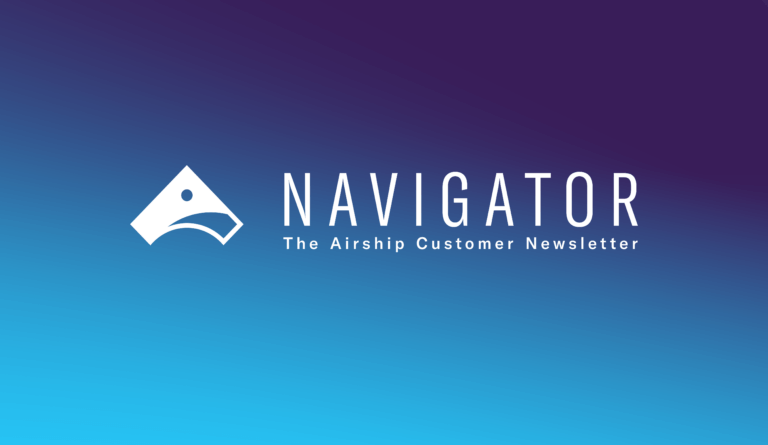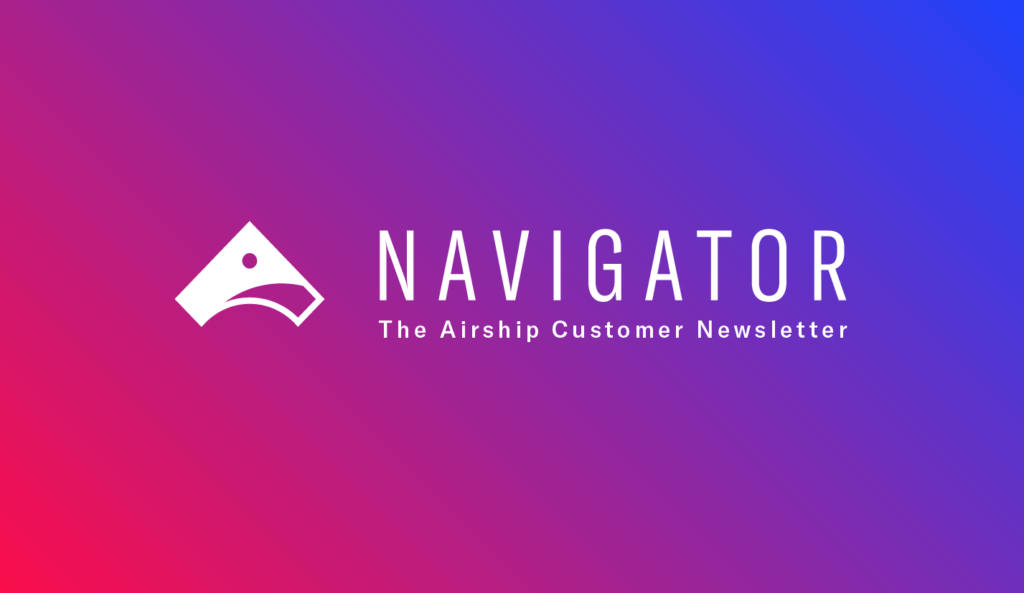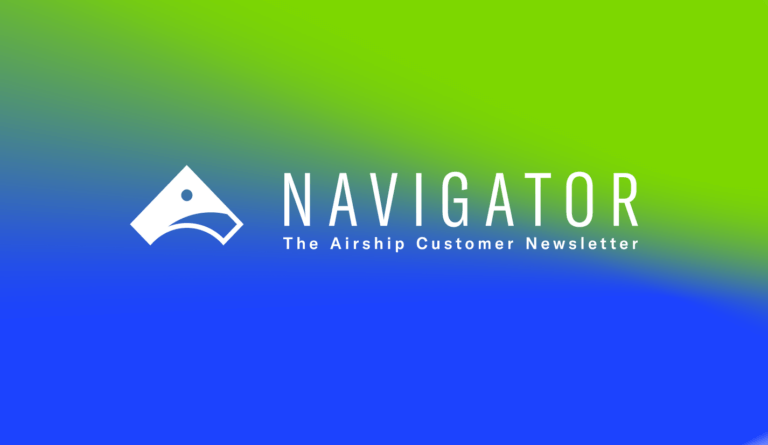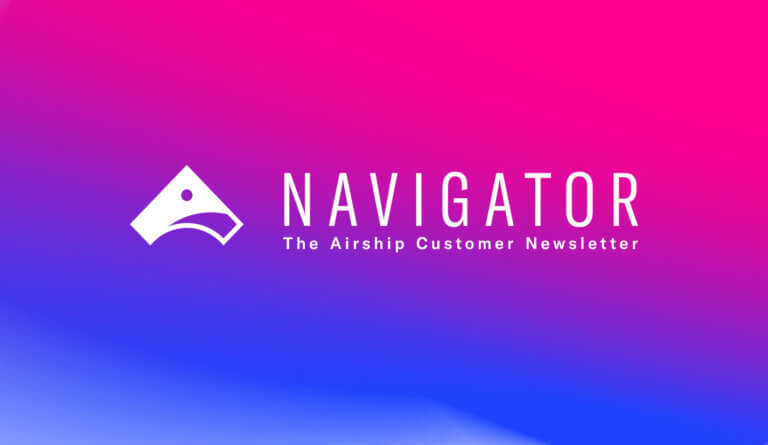
The Hottest Mobile Trends of 2023 and What They Mean for the New Year

Emma Patterson Global Customer Marketing Lead

Share to my network
In this article
Categories
Book a meeting
Connect with our team of experts to discuss your conversion and loyalty goals, and how we can help you achieve them faster.
Get a demoWe can always count on change in the mobile ecosystem. During the pandemic, brands had to be quick and nimble about adopting new mobile technologies and strategies. In 2023, they were more strategic and focused on what it takes to create a winning recipe across the mobile customer lifecycle.
2023 had its own new challenges and developments and will be remembered as the year of data privacy evolution, the rise of generative AI, consumer demand for personalization, and an explosion of gamified customer experiences.
Here we take a look back at major trends of 2023 to help you win at mobile in 2024.
Data Privacy and the Cookie Monster
In January of 2023, brands globally prepared for a new era of data privacy. This trend didn’t happen overnight. In 2014, 91% of surveyed adults either “agreed” or “strongly agreed” that consumers had lost control over how companies collect and use personal data. Since then, regulatory compliance has been a major topic of conversation, and brands have struggled to create meaningful brand experiences without overstepping privacy boundaries. Until 2018, with the passing of GDPR and CPRa, consumers had little control over how their data was used to serve up digital advertisements.
The year 2023 brought the demise of the third-party cookie — the packet of code that brands have leveraged for years to provide consumers with more personalized content and track their behaviors across unrelated websites. The loss of the third-party cookie will inevitably change the digital marketing landscape as we know it: 41% of marketers believe their biggest challenge will be the inability to track the right data; 44% predict they will need to increase their spending by 5% – 25% to attain the same goals they set in 2021.
Google is set to complete third-party cookie deprecation in H2 of 2024, and won’t replace it with another method for individual-level user tracking. This means that brands will not only have to thoughtfully implement their own strategies for collecting zero- and first-party data but also connect their marketing stack to gain more efficiencies across omnichannel customer experiences and future paid advertising efforts. Brands are rising to the challenge by focusing on creating mutually beneficial value exchanges with their customers to gain access and consent to use their data.
Forever21, for example, collects first-party data through customer preferences and app interactions, which allows it to curate personalized experiences without the need for cookies. Similarly, Airship’s Experience Editor helps brands collect zero-party data with interactive, no-code native multi-screen experiences to onboard and survey new app customers and collect their preferences via an out-of-the-box Preference Center.
Forrester predicts marketers will become privacy champions in 2024. As data privacy regulations evolve, make it your New Year’s resolution to transition from third-party data to zero- and first-party data to power your customer experiences and personalization.
Generative AI and Machine Learning: the Saga Continues
You can hardly find media today without some reference to generative AI. More and more brands are adopting it in their strategies and technologies — 51% of marketers are currently using or experimenting with generative AI at work, and 70% believe it will increase their productivity.
Walmart, one of the largest players in the retail space, has aggressively adopted generative AI with the aim of making shopping easier and more convenient for its customers. Building on the success of “text to shop,” launched in 2022, Walmart has begun testing a voice experience in its mobile app that allows customers to shop using voice commands and two-way communication with a virtual shopping assistant. Walmart claims its investments in AR shopping for apparel and home have increased customer satisfaction rates. Now, Walmart is in the early stages of incorporating generative AI and AR in its app to deliver personalized inspiration for home decorating based on budget, theme and preference data.
Airship was quick to offer generative AI capabilities — not surprising, considering its history at the forefront of technological advancements in mobile. Our ChatGPT integration allows brands with ChatGPT accounts to create alternative messaging copy rapidly, populate subject lines based on tone and sentiment, and simplify the testing process without encumbering the creative process. This is a measured integration of generative AI, which doesn’t bypass governance or standard reviews.
Personalization Continues to Drive Consumer Engagement
Airship’s Mobile Consumer Study 2023 showed that consumers want personalization when it leads to relevance and convenience without being creepy. They’re always looking for ways to make their lives easier, and they unanimously agree that “recommendations and offers based on past behavior and purchase” as well as “interests and preferences they supply to brands” are the most useful forms of personalization.
They also look for unique experiences that come from personalization — 73% of shoppers now expect brands to understand their unique needs and expectations, and it’s no longer adequate for brands to simply personalize with a first name.
Personalization has proven to generate big gains for brands. Take North American beauty retailer, Ulta Beauty, which has invested in emerging technologies to take personalization to new heights. Personalization is a key loyalty driver for Ulta Beauty, with over 95% of its sales coming from participants in its loyalty program.
Personalization can mean many different things across the mobile marketing ecosystem. For Ulta Beauty, personalization means creating an emotional connection, inspiring brand love and creating lifetime loyalty. VP of Customer Marketing, Kelly Mahoney explains that Ulta Beauty seeks to personalize by understanding who their consumer is intimately, not just transactionally.
We continue to see more brands focusing on creating a mobile-first omnichannel experience — and personalization is critical to reaching customers where they are. Or, as Mahoney explains, “Leveraging the mobile device is kind of that handshake to experiencing us. We know our consumer is connected, even when they’re shopping inside our stores.”
As we move into 2024, leveraging zero- and first-party data for personalization will be imperative. Brands should seriously consider the upward-trending demand for useful personalization and evaluate their strategy for capturing zero- and first-party data and immediately actioning it in campaigns and experiences.
At Airship, we’re helping brands drive deeper personalization here are just three critical ways:
- Connecting to your complete marketing stack with real-time, bi-directional data
- Providing simplified ways of collecting zero- and first-party data as part of the native experience
- Configuring external data feeds to provide the most up-to-date content, such as items left abandoned in a cart, rewards balances and flight delays.
Gamification Drives the Most Interactive Campaigns on Mobile
This year marked the 10th anniversary of “Starbucks For Life,” a campaign that not only rewards loyalty through its traditional Starbucks Rewards program but provides players with free gameplay for each purchase (and double plays on Monday). It’s all part of a gamified experience where participants win prizes — the grand prize being Starbucks for Life.
Gamification has become a critical part of mobile app experience. The gamification market for 2023 was estimated at $12.26 billion (USD) and is expected to reach $38.71 billion by 2028. That’s because of the increase in new loyalty customers, customer retention rates and revenue that top gamification brands like Starbucks are seeing.
Why is gamification so impactful? According to science writer Deborah Halber, “Two things drive human actions: necessities — food, sleep, avoidance of pain — and rewards.” Gamification takes rewarding consumer behaviors to a new level. When incorporated into strategic mobile marketing campaigns, it can drive consumers to take actions like opening the mobile app every day or making small purchases for potential large gains, awarding them status points for doing so.
A significant driver of gamification adoption by brands is giving customers what they want. For example, according to Tapjoy, 77% of Gen Zers play mobile games daily – so when it comes to capturing the Gen Z audience, brands look to gamification to win this segment over and create lasting loyalty.
In 2024, we can expect to see continued growth of gamification campaigns: more than 87% of brands say they’ll adopt gamification tactics in the next five years.
Airship is making gamification more accessible to brands without the need for hard coding. Initiatives that were once complex to launch can now be built and deployed within a single marketing platform. For example, you can easily create a quiz of the day and harvest the responses as actionable first-party data. Learn more about 3 Easy Engagement Tactics You Can Launch Today with Airship.
We’re excited about everything that 2024 promises to bring. Rest assured that we’ll stay on top of mobile trends, insights and advancements as the year progresses, and hope to see you all in-person or online. In the meantime, if you have questions about how we might be able to help you respond to these trends globally, contact us today!
Cheers to the year ahead!
Navigator is Airship’s customer newsletter covering the latest mobile industry trends, product updates, use cases and best practices, and other learning resources. It’s yet another resource to help you deliver better mobile experiences and create greater value more quickly. If you’d like to receive our monthly Navigator newsletter please sign up here.

